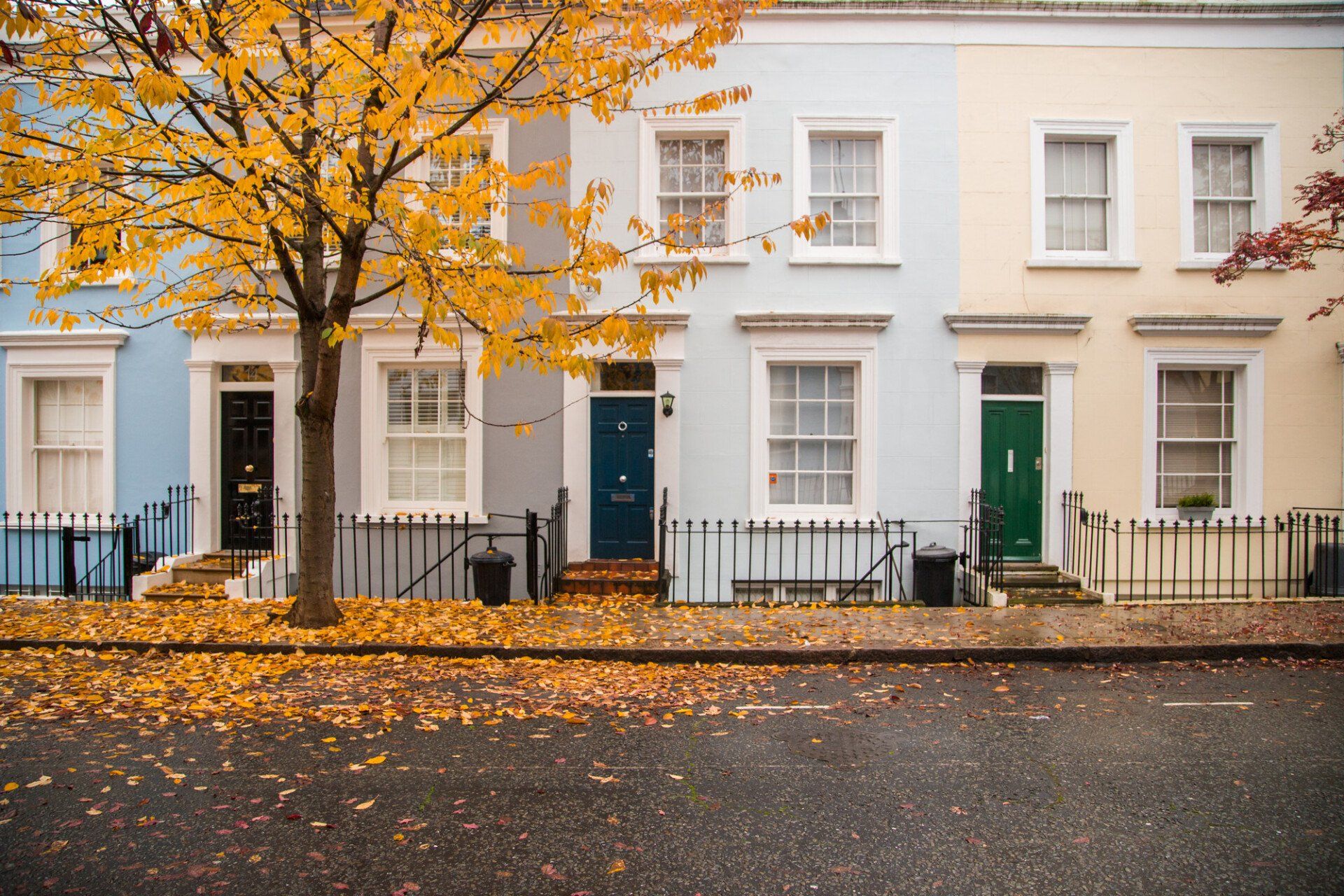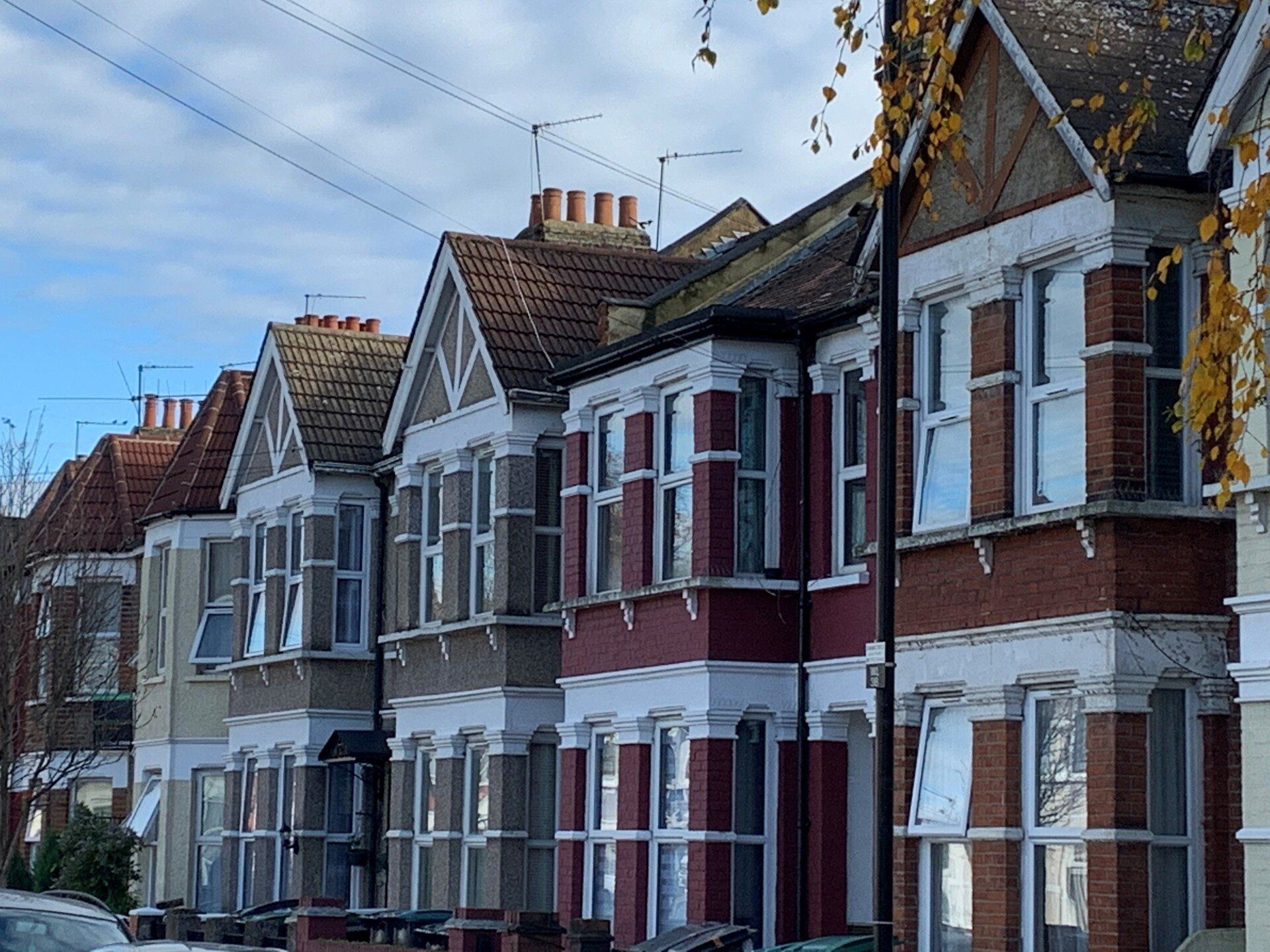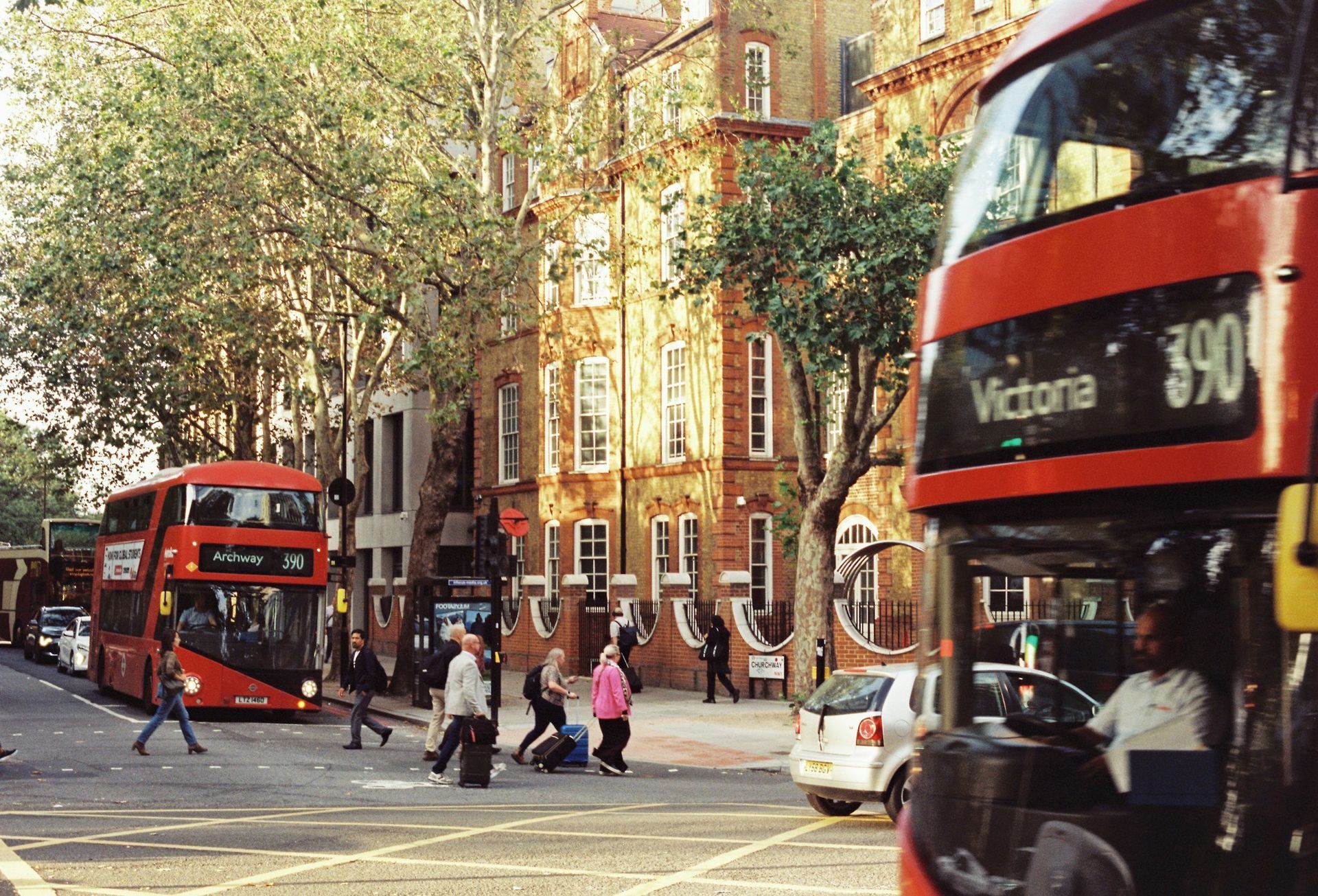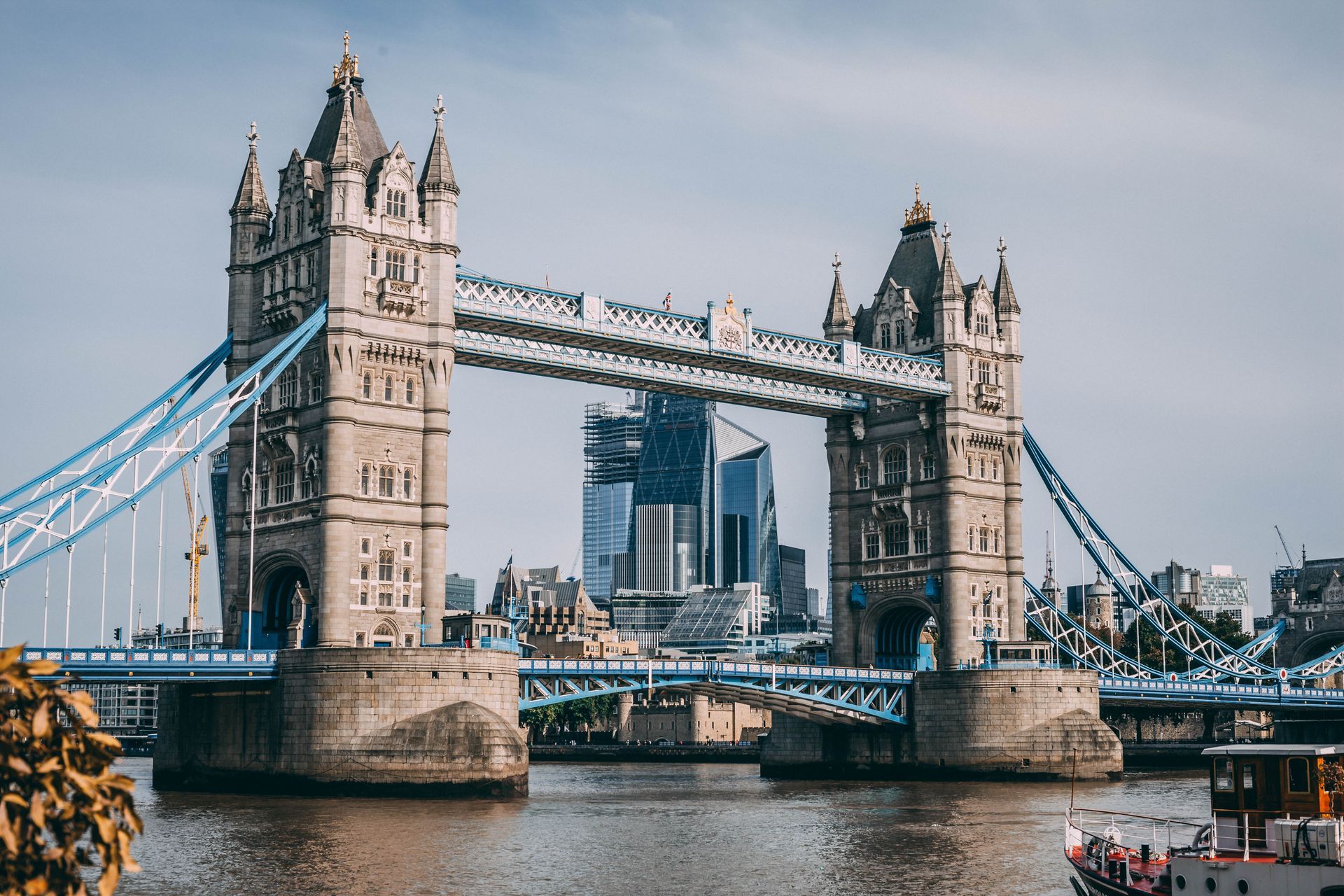By Adam Sherling
•
October 24, 2025
When buying a home or assessing property condition, a RICS Survey Report is one of the most valuable tools at your disposal. Produced by qualified surveyors accredited by the Royal Institution of Chartered Surveyors (RICS), this report provides an independent, professional assessment of a property’s condition. But once you receive it, understanding what the document truly says and what to do next can feel overwhelming. In this guide, we’ll walk you through how to read your RICS survey report, what key sections to focus on, and how to make the best use of the information to protect your investment and peace of mind. What Is a RICS Survey Report? A RICS Survey Report is an official property assessment prepared by a chartered surveyor who inspects the building’s structure, condition, and overall value. Depending on the type of survey requested - Level 1 (Condition Report), Level 2 (HomeBuyer Report), or Level 3 (Building Survey) the depth of inspection and detail varies. Level 1 (Condition Report): Provides a brief overview of the property’s general condition using a simple traffic-light system to identify areas needing attention. Level 2 (HomeBuyer Report): Adds more detail, highlighting defects that could affect the property’s value and offering advice on repairs and maintenance. Level 3 (Building Survey): The most detailed report, covering structural issues, materials used, hidden defects, and long-term repair guidance. Understanding which type of report you have helps you interpret its contents accurately. The Structure of a Typical RICS Report A RICS report is methodically organised to make it as clear as possible for property owners and buyers. While formats may vary slightly, most reports include: Executive Summary: A short overview highlighting key findings, urgent repairs, and potential risks. Condition Ratings: A colour-coded system (green, amber, red) showing the urgency of each issue. Property Details: Description of the building’s age, materials, and design. Assessment of Each Element: In-depth review of roofs, walls, windows, floors, plumbing, electrics, and more. Legal and Environmental Considerations: Details on boundaries, access rights, drainage, and environmental risks. Valuation (if applicable): Estimated market value and rebuild cost (often included in Level 2 and 3 reports). Each section provides insight into a specific aspect of the property. The key is learning where to focus your attention. Understanding the Condition Ratings The traffic-light system is one of the most important parts of a RICS report. Here’s what each colour means: Condition Rating 1 (Green): No significant repair is currently needed. Regular maintenance is enough. Condition Rating 2 (Amber): Some repair or replacement will soon be necessary. Keep an eye on these issues. Condition Rating 3 (Red): Urgent repairs are required. These could pose safety risks or reduce the property’s value. Focus particularly on red and amber ratings. They often indicate areas where immediate or planned investment is required. Key Areas to Examine Closely 1. Structural Integrity Your surveyor will assess the foundation, walls, roof structure, and floors for cracks, subsidence, or deterioration. Pay special attention to any mention of: Cracks wider than 5mm or expanding over time. Dampness in walls or floors. Sagging beams or roof timbers. Structural problems can be expensive to fix, so understanding their severity is essential before purchase. 2. Damp and Moisture Damp is one of the most common and misunderstood issues. RICS surveyors will identify rising damp, penetrating damp, or condensation-related dampness and note their causes. Look for: Moisture readings above normal levels. Signs of mould or musty odours. Faulty gutters, poor ventilation, or damaged seals. Ask your surveyor to clarify whether it’s a minor ventilation problem or something that may need professional damp proofing. 3. Roof and Drainage Roofs often hide problems that can lead to costly repairs. The report will note the type, material, and condition of roofing, flashing, and drainage systems. Watch for: Broken or missing tiles. Blocked gutters or inadequate downpipes. Flat roofs nearing the end of their life expectancy. If the roof receives a Condition 3 rating, budget for immediate attention. 4. Plumbing, Heating, and Electrical Systems Mechanical and electrical installations are expensive to replace, so note any warnings here. The survey might recommend further inspection by certified engineers. Common red flags include: Old wiring or fuse boxes. Boiler systems older than 10 years. Signs of leaks, corrosion, or low water pressure. If the surveyor cannot verify safety standards, arrange a specialist inspection before finalising the purchase. 5. Timber and Pest Issues Older properties may show signs of woodworm, rot, or termites. Your RICS report will point out any damage to wooden structures and suggest remedial actions. These issues can spread quickly if ignored, so early detection is key. 6. Environmental and Legal Factors Your report may also highlight non-structural but important details, such as: Flood risk or proximity to contaminated land. Shared boundaries or access disputes. Planning or building regulation compliance. Though these may seem secondary, they can affect resale value and insurance eligibility. What to Do After Reading the Report 1. Ask for Clarification Don’t hesitate to contact your surveyor for explanations. They can clarify technical language or severity levels. A short discussion can prevent costly misunderstandings. 2. Get Quotes for Repairs If the report lists urgent or upcoming repairs, get multiple estimates from qualified contractors. This will help you gauge the financial impact and possibly negotiate the purchase price. 3. Negotiate with Confidence If serious defects are found, you can: Request the seller to repair them before completion. Ask for a price reduction to cover repair costs. Withdraw if issues are too severe. RICS reports provide solid evidence for such negotiations. 4. Plan for Future Maintenance Even minor issues (Condition 2) can worsen over time. Use the report as a maintenance checklist to keep your property in top shape. 5. Keep the Report for Insurance and Legal Reference A RICS survey is an official document and may be needed later for mortgage, insurance, or renovation purposes. Keep it safe for future reference. How a RICS Surveyor Adds Value A professional RICS surveyor does more than identify visible issues. They offer impartial advice, technical expertise, and foresight that online property assessments cannot match. Their training ensures that your report is detailed, accurate, and aligned with RICS standards, giving you confidence in your decisions. Whether you are a first-time buyer, an investor, or a homeowner planning renovations, a RICS survey protects your investment and ensures transparency. Final Thoughts Reading a RICS Survey Report may initially seem daunting, but understanding its structure and terminology helps you make informed decisions. Focus on the condition ratings, urgent repairs, and long-term maintenance advice. If something isn’t clear, always discuss it with your surveyor. A well-read survey report empowers you to negotiate effectively, plan wisely, and protect your property’s long-term value. With this knowledge, you can move forward in your property journey confidently, knowing that every brick, beam, and boundary has been professionally assessed for your peace of mind. For friendly professional advice, contact us or call now and speak with a specialist Party Wall Surveyor.










